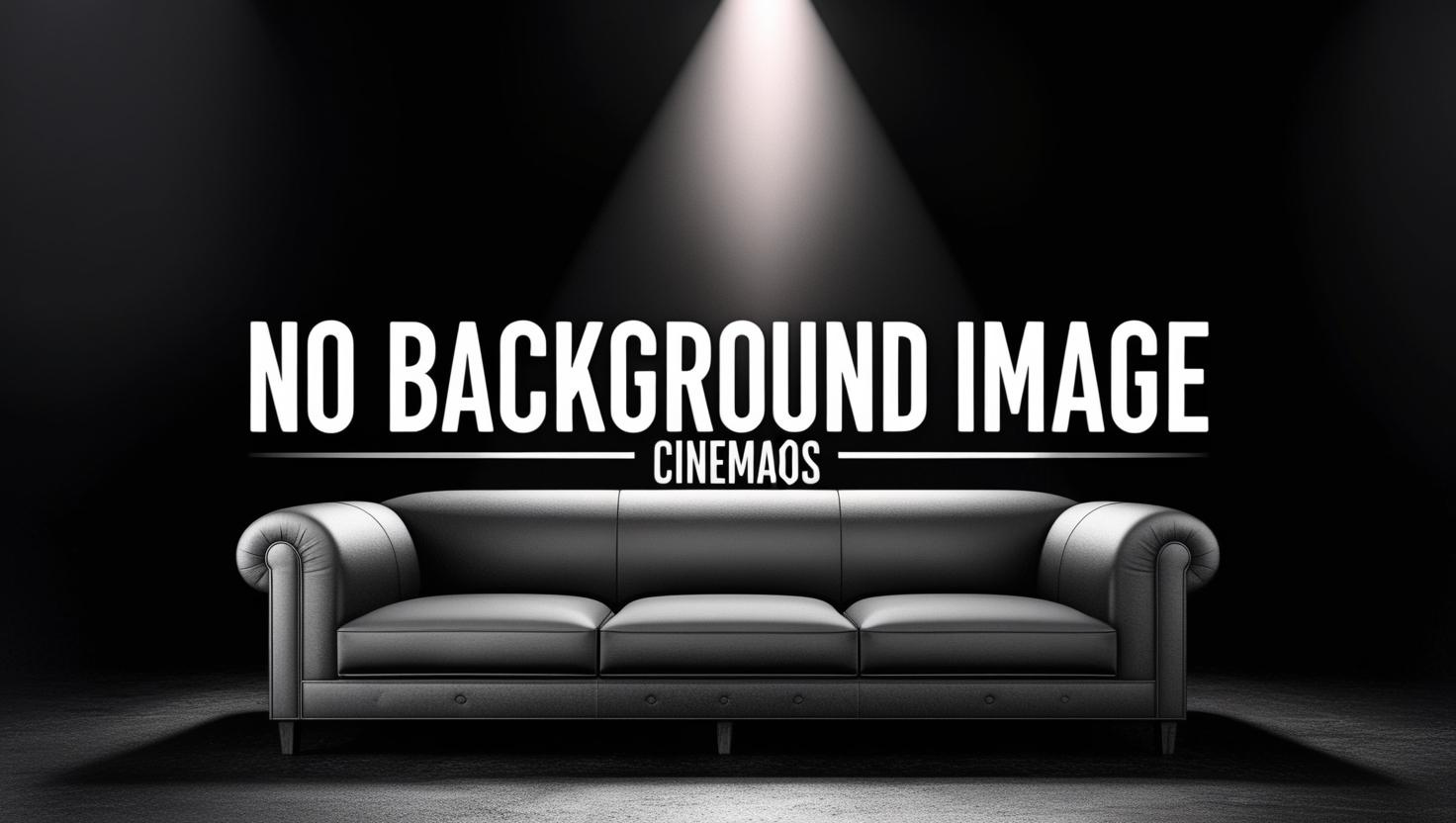
Lost Case
2014
0h 58m
0.0(0 votes)
Comedy
Crime
Mystery
Documentary
Overview
A completely new story based on existing footage from the series Columbo.
Links & Resources
Social & External
Cast & Crew
1 member
Acting
Peter Falk
Columbo (archive footage)



















